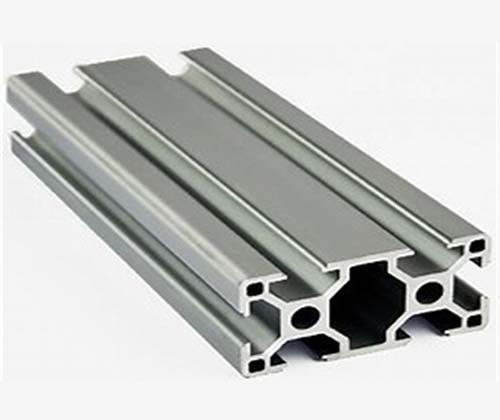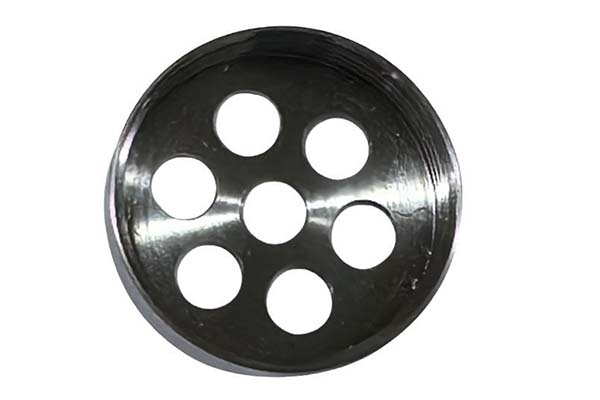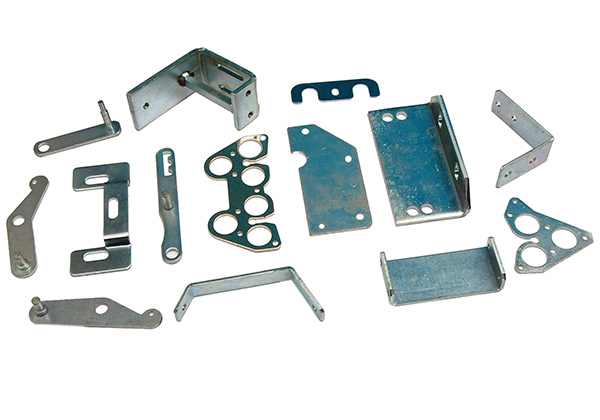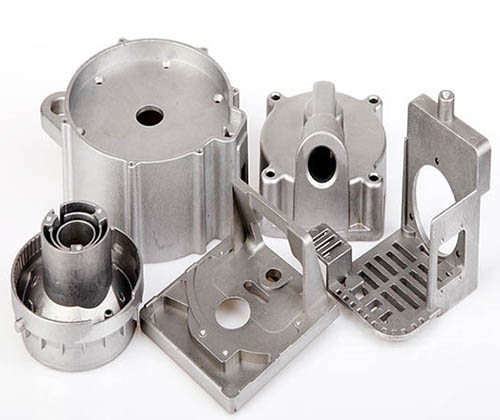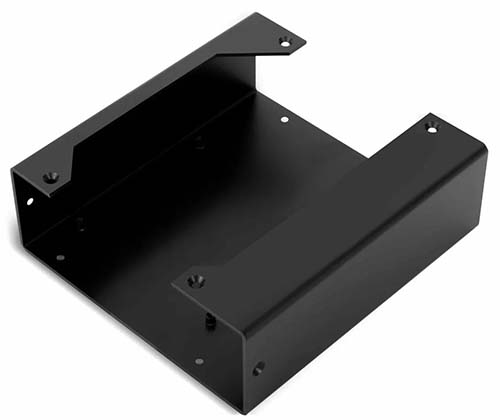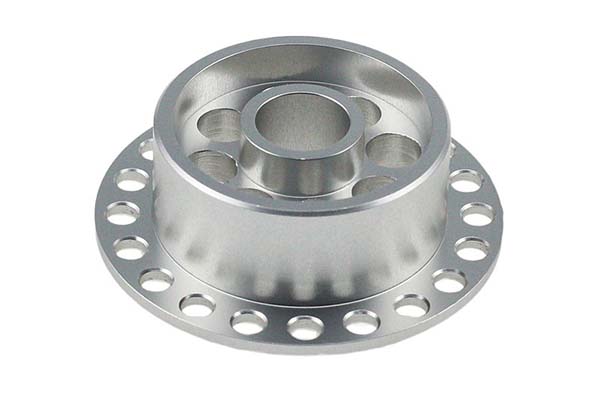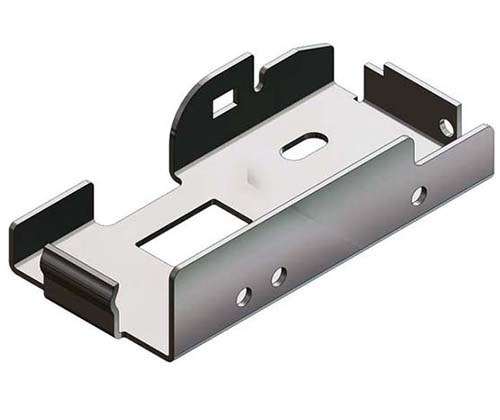You’ve chosen zinc alloys for die casting, drawn to their reputation for high precision and low cost. But your parts are falling short: the castings have unsightly pores that weaken the structure, or the surface finish is rough, requiring expensive post-processing. Maybe the tensile strength is inconsistent, with some parts failing under light loads, or the die is wearing out quickly, increasing production costs. Worse, your “high-volume” production line is plagued by long cycle times and frequent defects, making it hard to meet deadlines.
Zinc alloys—especially zinc-aluminum alloys (e.g., Zamak)—are staples of die casting, offering a rare mix of strength, castability, and affordability. Their unique material properties—from excellent fluidity to good mechanical strength—make them ideal for high-volume production of complex parts. But unlocking their potential requires mastering the die casting process, from die design to injection parameters. In this guide, we’ll demystify die casting zinc alloys, helping you create parts that are strong, precise, and cost-effective for mass production.
Material Properties: The Versatility of Zinc Alloys
Zinc alloys’ popularity in die casting stems from their exceptional material properties—a balance of castability, strength, and durability that few other metals can match:
- Mechanical strength and ductility: Zinc alloys combine good strength with enough ductility to withstand minor impacts. Common alloys like Zamak 3 (Zn-4%Al) have a tensile strength of 280-320 MPa, a yield strength of 200-240 MPa, and elongation of 10-15%—enough for most structural applications. Zamak 5 (with higher copper) offers higher hardness (80-90 HB) for parts needing wear resistance, while zinc-aluminum (ZA) alloys (e.g., ZA-27) boost tensile strength to 400 MPa, rivaling some aluminum alloys.
- Casting fluidity and density: Zinc alloys have excellent casting fluidity—they flow easily into thin-walled sections and complex cavities, making them ideal for intricate parts like electrical connectors or decorative items. Their density (6.6-7.2 g/cm³) is higher than aluminum but lower than steel, striking a balance between weight and feel—important for hand tools and consumer products where heft matters.
- Corrosion resistance and conductivity: Zinc alloys form a protective oxide layer that resists mild corrosion, though they may need plating (chromium or nickel) for outdoor use. They offer good electrical conductivity (15-25% IACS), making them suitable for electrical connectors and components. Their thermal conductivity (100-120 W/m·K) is higher than many plastics, aiding in heat dissipation in electronic parts.
Die Casting Process: From Design to Production
The die casting process for zinc alloys is a precise dance of temperature, pressure, and timing—each step critical to producing high-quality parts:
- Die design and materials: The die (mold) is the heart of the process, typically made from hot work tool steel (H13) to withstand high temperatures and repeated use. Key design elements include draft angles (1-3° for easy ejection), parting lines (where the two die halves meet), and a gating system that delivers molten zinc to the cavity. Proper venting is essential to release trapped air, preventing porosity in the final part. Ejector pins must be placed to avoid marring visible surfaces, and die lubrication (usually graphite-based) reduces friction and extends die life.
- Injection parameters: Molten zinc (400-450°C) is injected into the die under high pressure (10-100 MPa) at high injection speed (1-5 m/s). These parameters vary by part size: small, thin-walled parts need higher speed to fill cavities before cooling, while larger parts require higher pressure to ensure full density. The cooling rate is critical—faster cooling (via water channels in the die) produces finer grain structure, improving strength, but too fast can cause warping. Cycle time for zinc is short (10-60 seconds), much faster than aluminum, making it ideal for high-volume production.
- Post-casting treatment: Most zinc parts need minimal post-processing, thanks to their smooth as-cast surface finish. Post-casting treatment may include trimming (removing flash), shot blasting to remove burrs, or plating for enhanced corrosion resistance (e.g., chrome plating for automotive parts). Heat treatment is rarely needed, though annealing can relieve residual stress in thick-walled parts. Quality control steps like X-ray inspection or tensile testing ensure consistency.
Applications: Where Zinc Die Castings Excel
Zinc alloys’ unique blend of properties makes them indispensable in these applications, from automotive to consumer goods:
- Automotive and hardware: Automotive parts like door handles, mirror brackets, and fuel system components use zinc die castings for their strength, precision, and low cost. Hardware components (hinges, locks, brackets) benefit from their good tensile strength and ease of plating—zinc parts can be chrome-plated to match stainless steel aesthetics at a lower cost. The fast cycle time of zinc die casting keeps up with automotive production volumes.
- Electrical and consumer products: Electrical connectors and switch components rely on zinc’s electrical conductivity and precision—complex geometries with tight tolerances (±0.02 mm) ensure reliable connections. Consumer products like toys, tools, and kitchen utensils use zinc for its heft and durability—Zamak parts feel solid in the hand and resist wear from daily use. Decorative items (light fixtures, jewelry) leverage zinc’s ability to capture fine details, reducing the need for polishing.
- Industrial and medical: Industrial equipment (pump parts, gear housings) uses zinc alloys for their strength and resistance to oils and greases. Medical devices (handles, instrument components) benefit from their smooth surface finish and ability to be sterilized. Zinc’s biocompatibility (when plated) makes it suitable for non-implantable medical parts.
Performance and Benefits: Why Zinc Alloys Lead in Die Casting
Zinc die castings offer performance and benefits that make them the top choice for high-volume production:
- Precision and surface finish: Zinc alloys produce parts with excellent dimensional accuracy (±0.05 mm for small parts) and smooth surface finish (Ra 1-3 μm), reducing the need for post-machining. This precision is critical for electrical connectors and assembly parts, where tight fits are essential. Their ability to replicate fine details (like logos or threads) eliminates secondary operations, cutting costs.
- High-volume efficiency: Zinc’s short cycle time (10-60 seconds) and long die life (up to 1 million cycles) make it ideal for mass production. Compared to aluminum, zinc die casting requires lower injection pressure and temperature, reducing energy use and die wear. This efficiency lowers per-unit costs, even for complex parts.
- Strength and versatility: Zinc’s high-strength-to-weight ratio (better than many plastics and some metals) makes it suitable for structural parts. Its compatibility with plating and painting allows customization for aesthetics or corrosion resistance. Unlike plastics, zinc is recyclable—scrap can be melted and reused, reducing material waste and costs.
Yigu Technology’s Perspective: Excellence in Zinc Die Casting
At Yigu Technology, we specialize in zinc die casting for clients needing high-volume, precision parts. We optimize alloy composition (Zamak 3 for most applications, Zamak 5 for wear resistance) and die design (with proper venting and gating systems) to minimize defects. Our process controls injection pressure and cooling rate to ensure consistent mechanical properties, with quality control checks at every stage. Whether you need automotive parts, electrical connectors, or consumer goods, we deliver zinc die castings that balance strength, precision, and cost. Die casting zinc alloys isn’t just about making metal parts—it’s about creating efficient, scalable solutions for mass production.
Frequently Asked Questions (FAQ)
- Why are my zinc die castings porous?
Porosity is usually caused by poor venting or too low injection pressure. Ensure the die has adequate vents (0.1-0.2 mm thick) to release trapped air. Increase injection speed to fill the cavity before metal solidifies, and check that the gating system distributes metal evenly. Avoid overcooling the die, which can trap gas bubbles—maintain die temperature at 150-200°C.
- How does zinc die casting compare to aluminum die casting?
Zinc offers better fluidity, shorter cycle time, and longer die life, making it cheaper for small, complex parts. Aluminum has higher strength-to-weight ratio and better corrosion resistance for outdoor use. Zinc is ideal for high-volume, precision parts (like hardware components), while aluminum suits larger, structural parts (like automotive frames).
- Can zinc die castings be used outdoors?
Yes, with proper protection. Unplated zinc alloys have moderate corrosion resistance but may tarnish in humid or salty environments. Plating with chrome, nickel, or powder coating enhances resistance to rust and weathering. For outdoor automotive parts or hardware, specify a plating thickness of 5-10 μm to ensure long-term durability.
